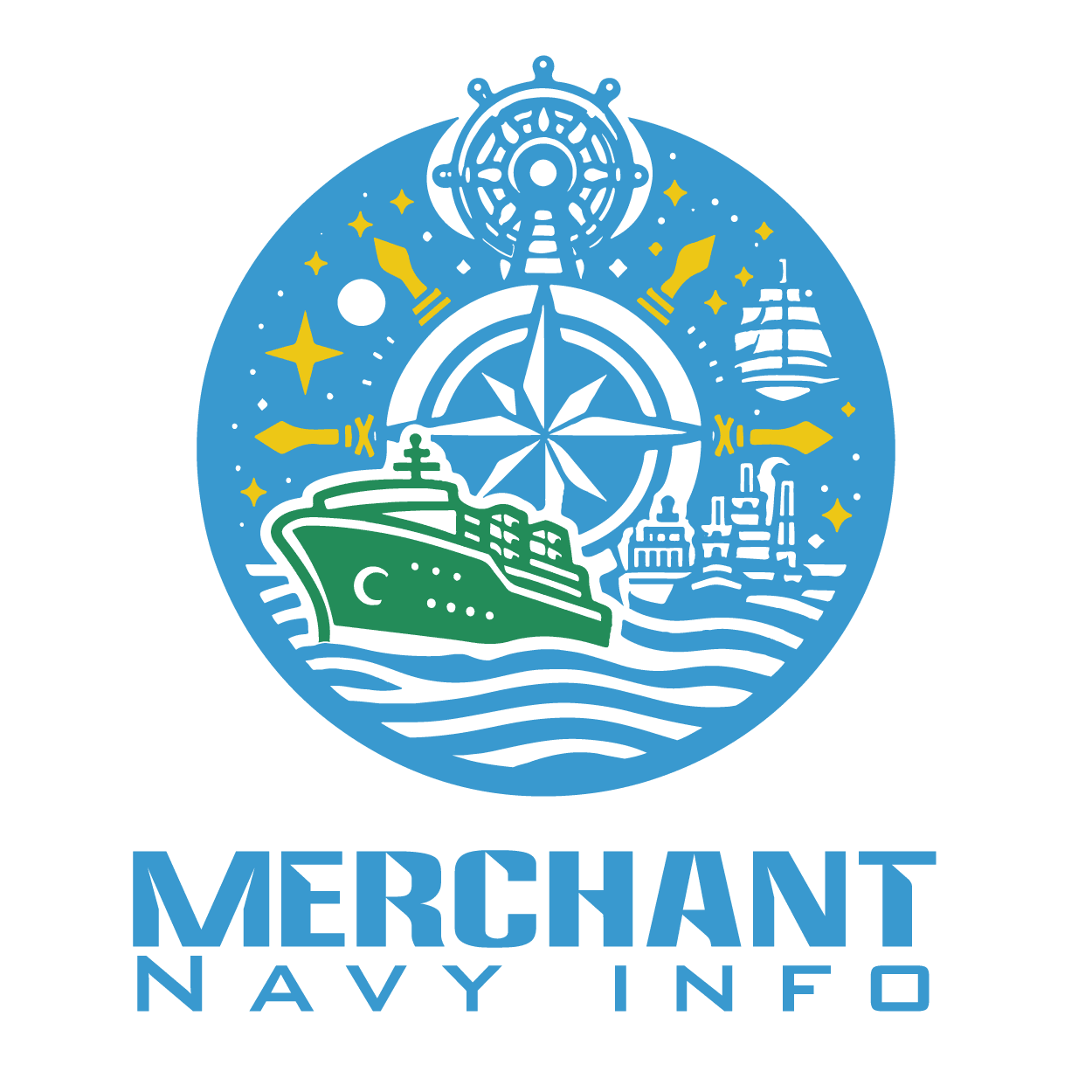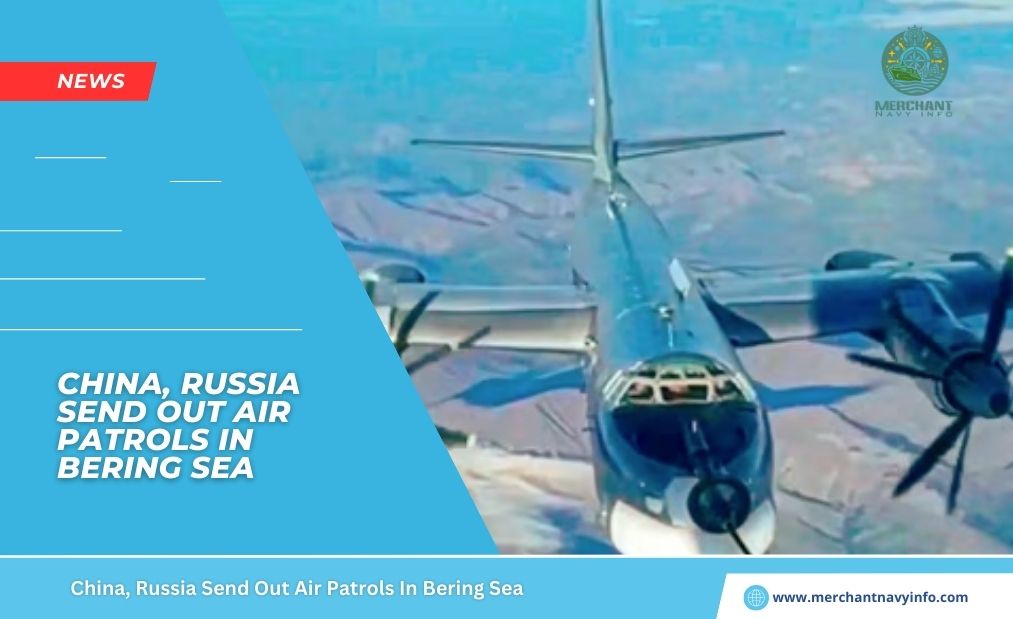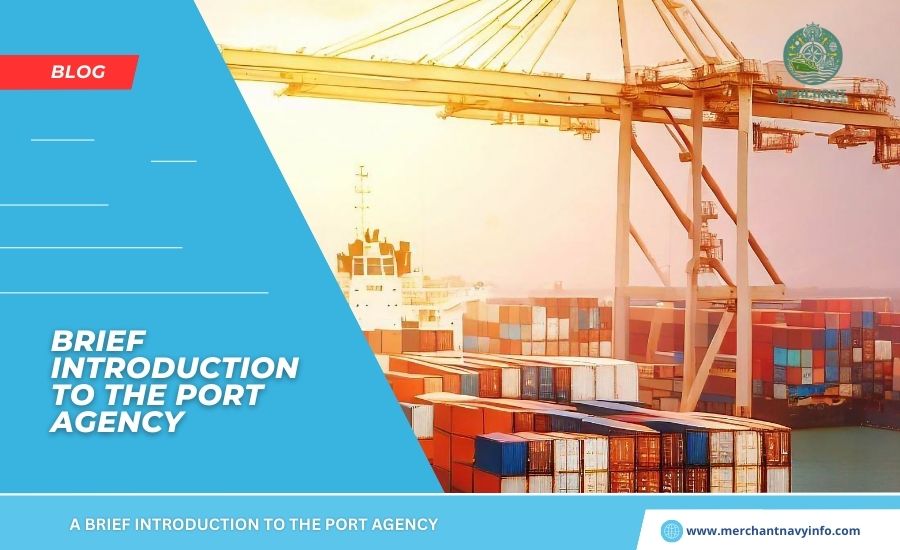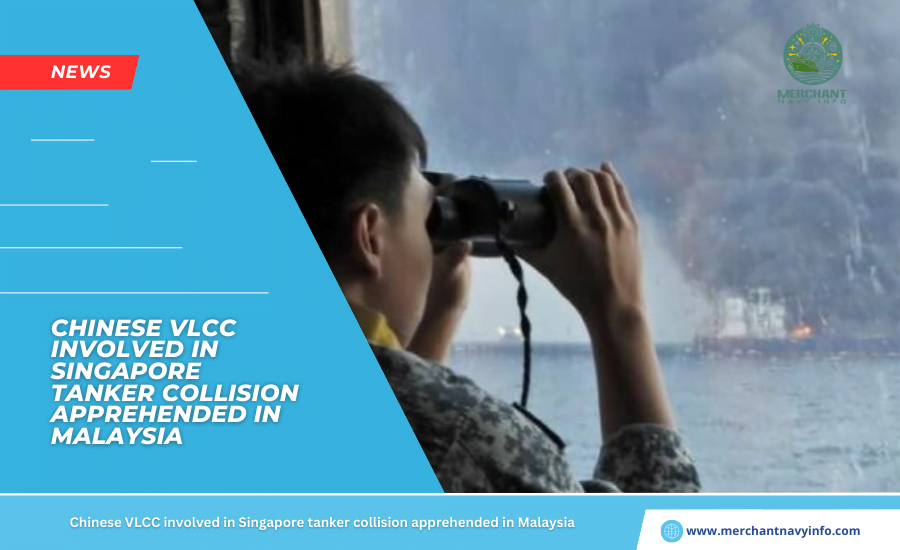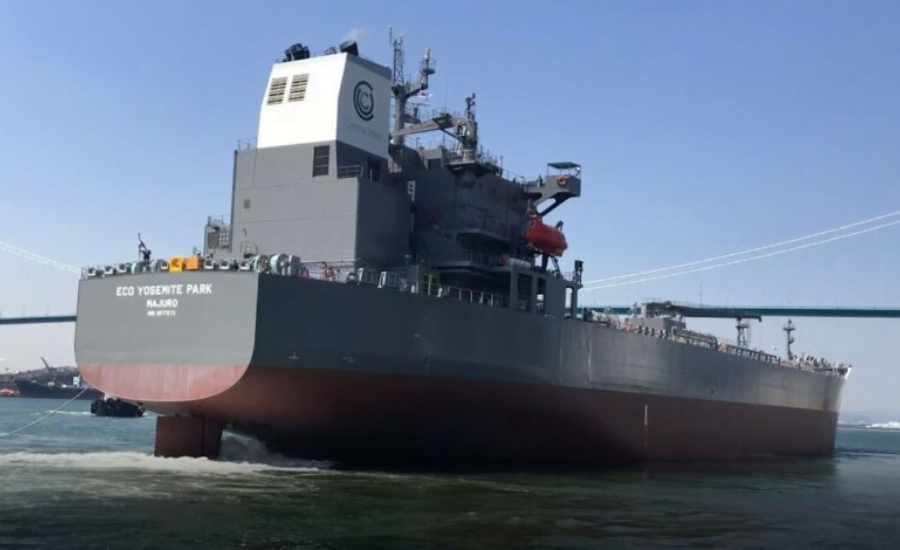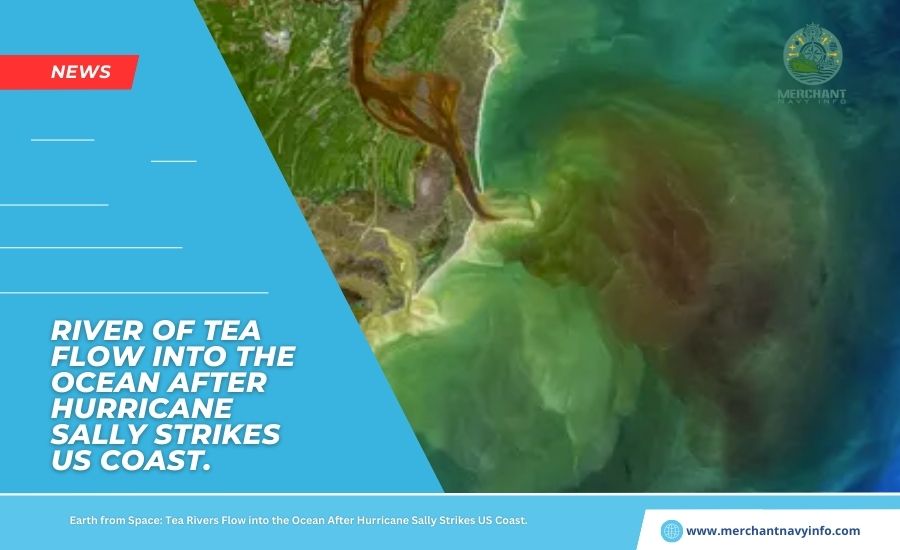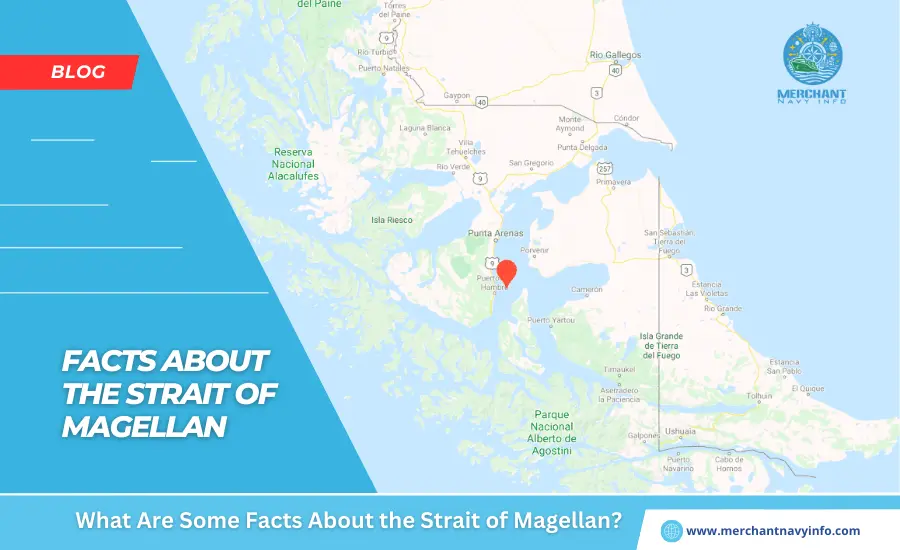
The magellan’s pass Strait is a 570 km long strait that connects the Atlantic Ocean and the Pacific Ocean. At the southern tip of South America. The Strait of Magellan, named after the Portuguese explorer Ferdinand and his Magellan’s pass. Who discovered this Strait in 1520. Separates the southernmost tip of the American continent from the island of Tierra del Fuego. Most of the Strait is within Chile’s territorial waters, with the eastern end bordering Argentina. The length of the passageway at its narrowest and widest parts is 1.9 miles (3 to 35 km). A major natural corridor in the region, the Strait extends west from the Atlantic.
The ocean between Cape Birgenes and Cape Espiritu Santo. Then moves southwest before turning northwest at Cape Froward at the southern tip of the Brunswick Peninsula. After passing Cape Pillar on Desolation Island, the Strait finally connects to the Pacific Ocean. The main port in the Strait of magellan’s pass is Punta Arenas on the Brunswick Peninsula. Until the opening of a Panama Canal in 1914, the Strait of an magellan’s pass was an important route. For steamships travelling between the Atlantic and Pacific Oceans. Despite the difficulty of navigating the Strait, ships preferred this route. Because it was shorter and safer than the infamous of Drake Passage. Which separates Cape Horn from the South Shetland Islands in Antarctica. It is estimated that approximately 1,500 ships currently pass through the Strait each year.
Interesting Facts About the Straits of Magellan
Here are some more interesting facts about the Straits of Magellan.
The First Voyage Through the Strait – Magellan Expedition
The Strait had been inhabited by Native Americans for centuries. And Europeans knew of the existence of this natural Strait since of the 16th century. But the first voyage through the Straits crossed the Strait for the first time. Part of magellan’s pass’s expedition. magellan’s pass founded and crossed the Strait. When he was looking for a shorter and easier route to the Spice Islands. Magellan’s pass’s fleet needed to find a route through the Straits’ network of canals, so it took him 38 days to cross the Straits. However, Magellan first crossed the Channel in his 1520s. And the Channel and its coasts were extensively surveyed by the British survey ship HMS Adventure in his 1820s. Later, in 1840, the Strait was used for commercial traffic by steamships owned by the Pacific Steam Navigation Company.
A Challenging Passage
The Strait of Magellan is considered one of the most difficult navigation routes in the world due to its narrow natural Channel and unpredictable currents and winds along the route. This winding, navigable waterway is shorter and safer than the Drake Passage around Cape Horn but is often obstructed by sea ice and icebergs and is characterized by notoriously turbulent water. In addition, ships must navigate confusing and often foggy routes through numerous islands and canals. Because of this difficulty in navigating the poor conditions, pilotage is compulsory for ships passing through the Strait.
Loss of Wealth after the Opening of the Panama Canal
As already mentioned, the Strait of Magellan has been one of the most important and busiest sailing routes in the world for centuries. However, with the opening of the Panama Canal, a man-made waterway connecting the Atlantic and Pacific Oceans, in 1914, the Strait’s importance on world nautical charts diminished. The 82 km (51 mi) long Panama Canal, which cuts through the Isthmus of Panama, has made shipping easier by significantly shortening the distance and saving shipowners money.
But for the Straits of Magellan, the opening of the Panama Canal meant that ships had found a safer way to travel between the Atlantic and Pacific Oceans. However, the Strait remains a source of pride, as ships unable to pass through the Panama Canal choose this area for transit between these areas. The Strait has also become one of the major tourist destinations for cruise ships, with approximately 50 cruise ships arriving in the Strait each year.
The First Modern Warships in the Straits
The presence of several warships must have been witnessed in the Strait of Magellan over the years since the first shipping voyage on November 1, 1520. However, the first nuclear-powered aircraft carrier to pass through this Strait was the U.S. Navy’s USS Ronald Reagan. The 1,092-foot-long USS Ronald Reagan was the first modern warship to enter a waterway in June 2004 en route to her new homeport in San Diego. The Nimitz-class aircraft carrier was also one of the largest ships to cross the Channel and later served as a precursor to several other U.S.
Lighthouse In The Strait Of Magellan
Despite the difficulties of navigation, it is a well-known fact that hundreds of thousands of ships have sailed through the Magellan Strait. Because this Strait presents a geographic barrier for sailors, this winding Strait actually has lighthouses in several locations, which serve as navigational aids for pilots. Before the introduction of electronic navigation systems, these lighthouses served as guides for sailors navigating the waters of the Strait of Magellan. According to a National Geospatial-Intelligence Agency, there are 41 lighthouses along the Strait of Magellan, which is 570 km long. Some of these lighthouses are estimated to be centuries old and are designated as national monuments. These historic landmarks include the San Ysidro Lighthouse, Evangelista Lighthouse, Peebles Hulk County, and more.
